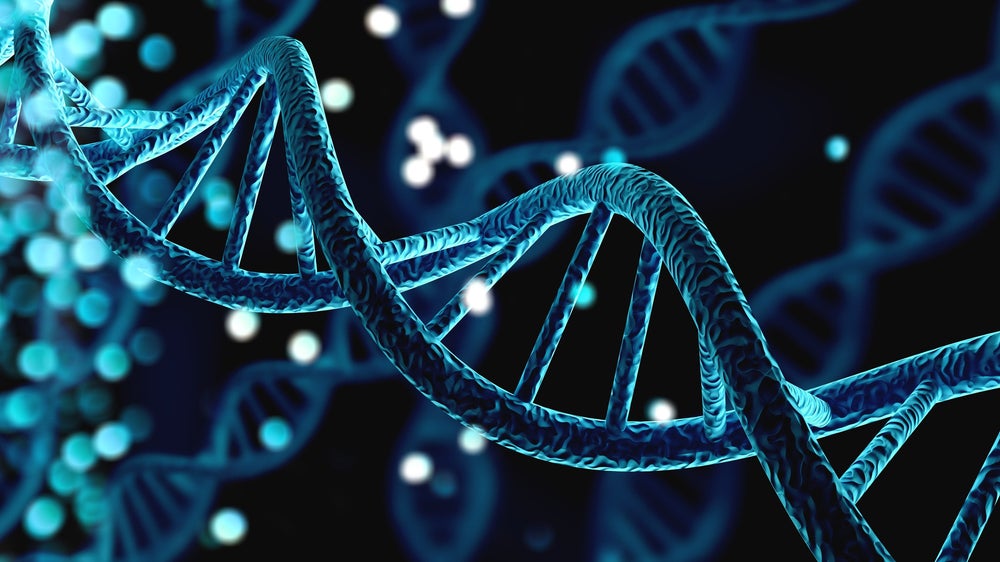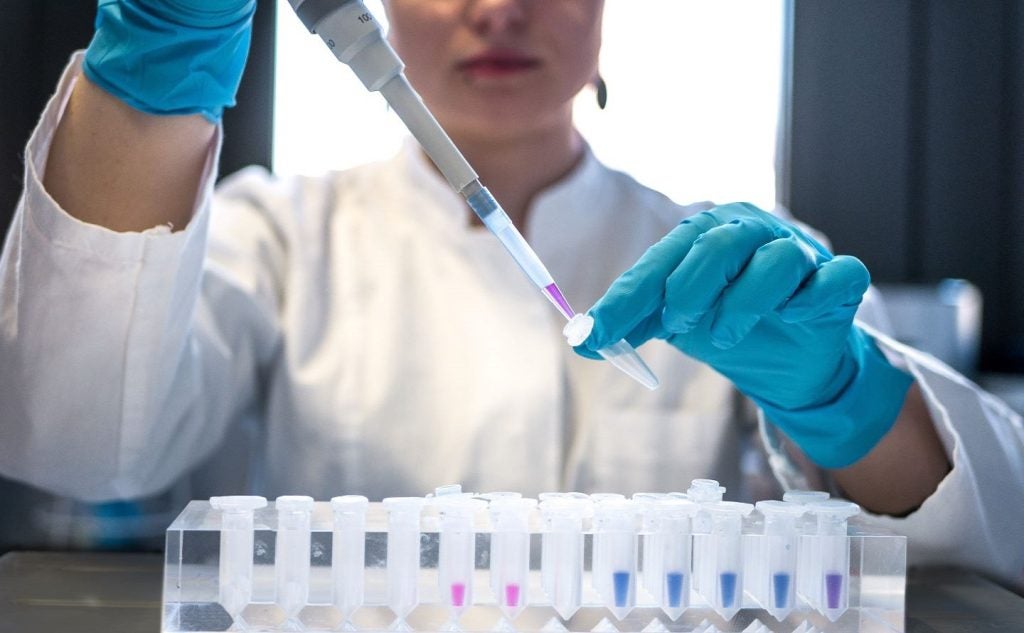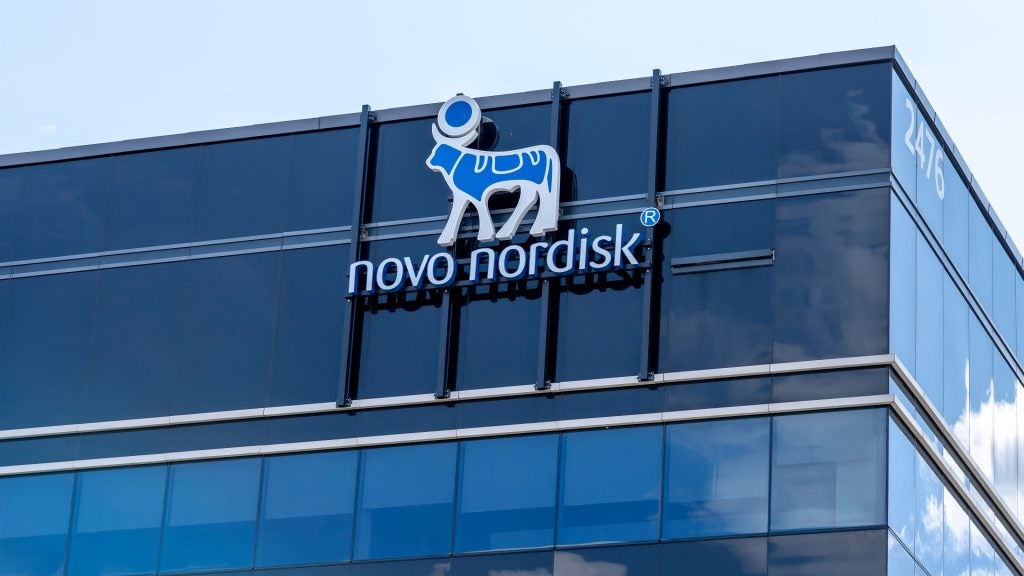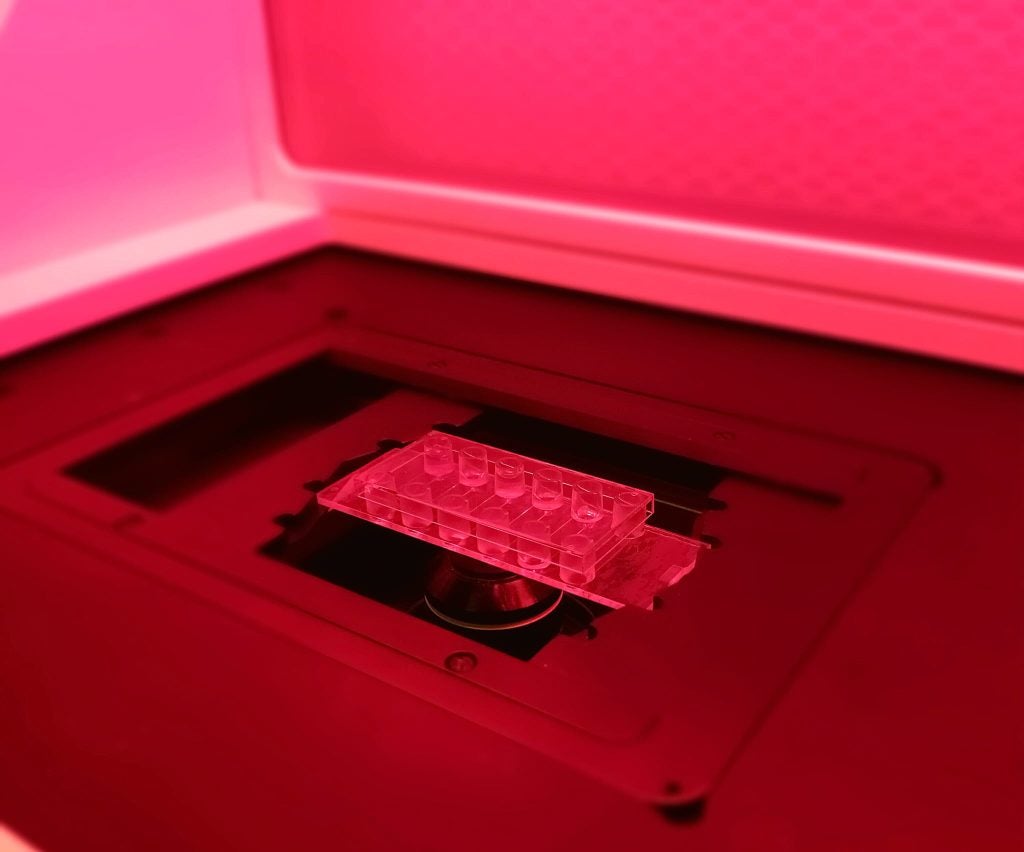Centogene has published data about the use of lyso-Gb1 (glucosylsphingosine) as a sensitive diagnostic and predictive biomarker for Gaucher disease.
The study was published in the open-access MDPI journal, Diagnostics, and showed that lyso-Gb1 could be used to predict the clinical course of patients with Gaucher disease.
Gaucher disease is a rare inherited metabolic disorder caused by mutations in the beta-glucocerebrosidase (GBA1) gene, responsible for producing a fat-breaking enzyme, glucocerebrosidase.
Decreased activity of the enzyme causes fat accumulation in the cells causing symptoms such as liver enlargement, anaemia, bone pain, and spleen enlargement.
Multiple biomarkers have been identified for the disease. However, these were present in other diseases and not exclusively in Gaucher disease. Lyso-Gb1 is a more specific biomarker for Gaucher’s, and it can be used to both diagnose the disease and monitor its progression.
The confirmation of the biomarker serves as an important step forward in rare disease diagnostics. GlobalData has identified Gaucher disease as one of the four rare diseases with a limited number of clinical trials and products.
The study (NCT02416661) evaluated 160 treatment native individuals from multiple countries. The blood was collected using CentoCard, Centogene’s dried blood spot (DBS) collection kit, and was analysed for GBA1 gene mutations and making a GD diagnosis.
Centogene’s clinical neurogenetics director Tobias Böttcher said: “This important international study has helped to set the standard for Gaucher disease care – from diagnosis and prognosis to treatment and monitoring.
“The progressive increase in lyso-Gb1 levels in untreated Gaucher patients suggests that these patients could benefit from treatment, such as enzyme replacement therapy.”
Diagnostics have been a successful area for Centogene, generating €31.4m ($33.9m) in sales in 2022, as per the company’s financial report. The profits were driven in part by CentoGenome, a whole genome sequencing tool that can detect various rare diseases, including Gaucher’s, Parkinson’s, and spinal muscular atrophy.
















